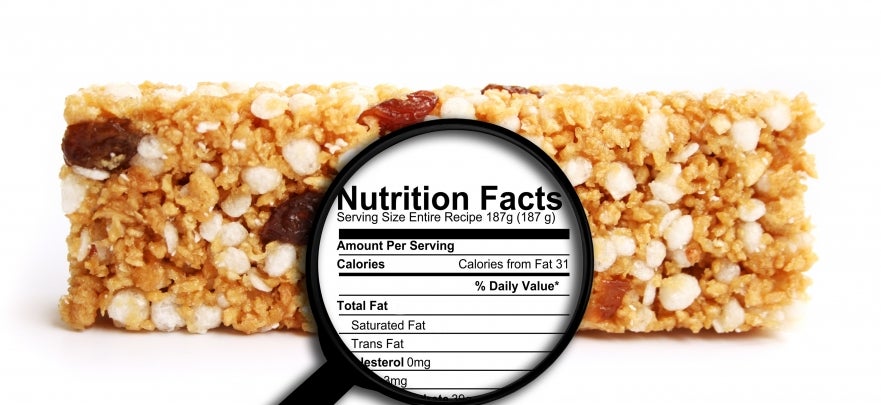Reading and understanding nutrition labels
When you’re looking to improve your health and nutrition, food labels can be a helpful tool to help you track and manage exactly what you’re consuming. Whether you’re watching calories and fats, sodium intake, or just trying to better understand the ingredients, food labels can empower you to make informed decisions.
Food labels can be tricky to understand for the untrained eye, and may at first seem overwhelming and time consuming to read. With a few simple tips, and knowing what to look for, reading food labels can help you make healthy choices and also avoid potential red flags in your diet.
-
Check servings size. One of the most misleading parts about food labels is that all the information you see (calories, fat, sodium) is for one serving size. Make sure you check to see how many servings are in the food or drink, and how big the serving size is. For example, if the serving size is ½ cup of cereal, and you typically eat a cup, you’ll need to multiply everything by 2.
-
Note Percent of Daily Value. Percent Daily Value (DV) on the Nutrition Facts label is a guide to the nutrients in one serving of food. For example, if the label lists 15 percent for calcium, it means that one serving provides 15 percent of the calcium you need each day. DVs are based on a 2,000-calorie diet for healthy adults. A rule of thumb is that any 5% DV or less is low, and 20% or more is high.
-
Know your fats. Look for foods low in saturated and trans fats, and cholesterol, to help reduce the risk of heart disease. Trans fat is considered by many doctors to be the worst type of fat you can eat. Unlike other dietary fats, trans fat — also called trans-fatty acids — both raises your LDL ("bad") cholesterol and lowers your HDL ("good") cholesterol. Beware of anything that says partially hydrogenated. This means it likely has trans fats. Most of the fats you eat should be polyunsaturated and monounsaturated fats, such as those in fish, nuts, avocado and olive oil.
-
Reduce sodium (salt). Research shows that eating less than 2,300 milligrams of sodium (about 1 tsp of salt) per day may reduce the risk of high blood pressure. Older adults tend to be salt-sensitive. If you are older adult or salt-sensitive, aim to eat no more than 1,500 milligrams of sodium each day—the equivalent of about 3/4 teaspoon. Beware of canned foods as they tend be high in salt.
-
Look for fiber. The national fiber recommendations are 30 to 38 grams a day for men and 25 grams a day for women between 18 and 50 years old, and 21 grams a day if a woman is 51 and older. Another general guideline is to get 14 grams of fiber for every 1,000 calories in your diet. Fiber is important as it makes you feel full, helps prevent constipation and can help lower cholesterol.






